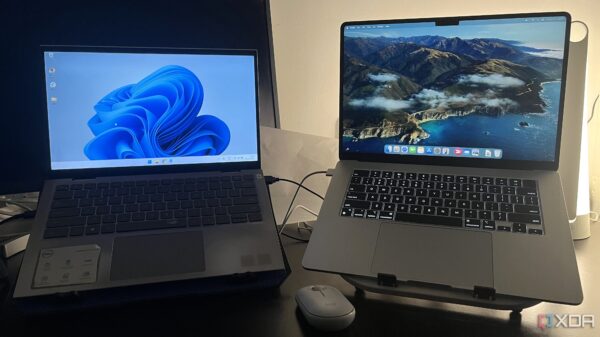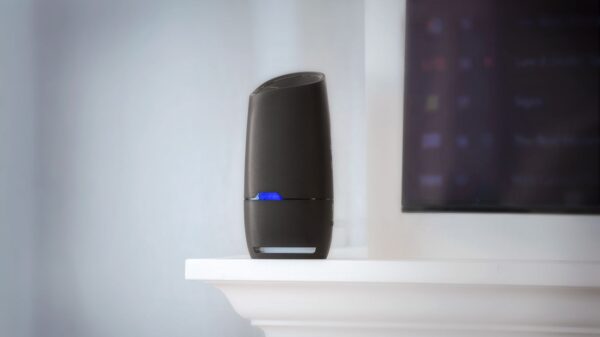Security researchers have identified four vulnerabilities in the BlueSDK Bluetooth stack, affecting vehicles from major manufacturers such as Mercedes, Volkswagen, and Skoda. These flaws, collectively known as the “PerfektBlue” remote code execution (RCE) attack, could potentially allow unauthorized access to a vehicle’s infotainment system, enabling threats such as eavesdropping on conversations and tracking GPS locations.
The vulnerabilities were discovered by PCA Cyber Security, which classified them as CVE-2024-45434, CVE-2024-45431, CVE-2024-45433, and CVE-2024-45432. Their severity varies from low to high, affecting different components of the Bluetooth stack. The potential consequences of these flaws are significant, as a malicious actor could exploit them to gain access to sensitive information with just one click from the vehicle user to approve a Bluetooth connection.
Details of the Vulnerabilities
The vulnerabilities are not easily exploitable, but they do pose a risk. An attacker must be within a distance of 5 to 7 meters from the vehicle and maintain that distance throughout the attack. Additionally, the vehicle’s ignition must be on, the infotainment system must be in pairing mode, and the user must actively approve the connection on their screen.
PCA Cyber Security reported these findings to OpenSynergy, the company responsible for maintaining the BlueSDK, in June 2024. A fix was deployed in September 2024. However, the adoption of this fix by car manufacturers remains incomplete, raising concerns about the ongoing vulnerability of affected vehicles.
Currently, only Volkswagen has acknowledged the issue and is investigating the matter. The company provided a detailed list of prerequisites that must be met for an attack to be successful, suggesting that the actual risk may be lower than it initially appears.
Broader Implications
These vulnerabilities are not isolated to the automotive sector; they also affect various devices across different industries. This highlights the pervasive nature of Bluetooth technology and the security challenges it can pose. The implications for consumer privacy and safety are significant, prompting calls for manufacturers to prioritize timely updates and patches for their products.
As more devices become interconnected, the need for robust security measures will only grow. Consumers are urged to remain vigilant and ensure their devices are updated regularly to mitigate potential risks associated with Bluetooth vulnerabilities.
The discovery of the “PerfektBlue” vulnerabilities serves as a reminder of the importance of cybersecurity in an increasingly connected world.



































































